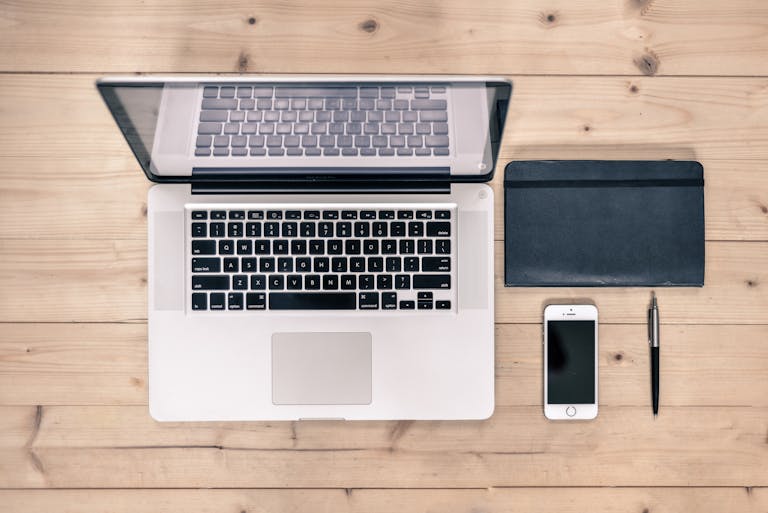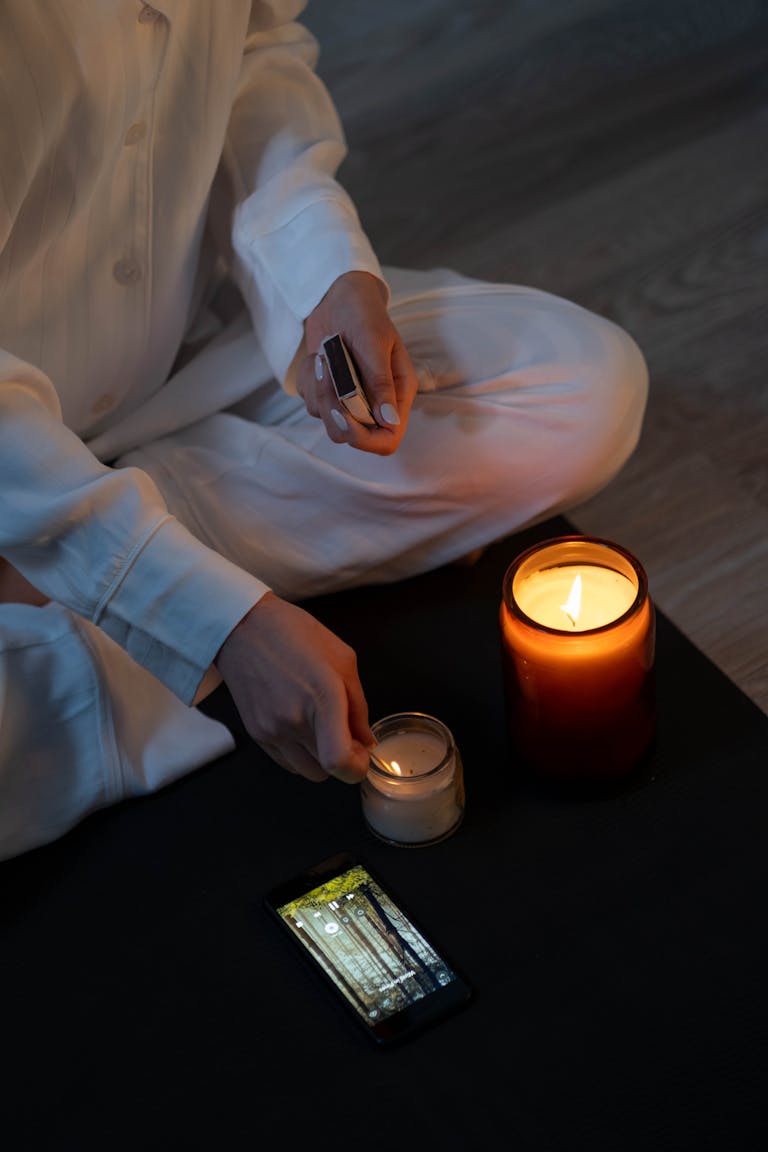Introduction
Saying “yes” is easy.
But success often depends on what you say no to.
You can’t do it all—and you shouldn’t try.
That’s why high performers, minimalists, and top thinkers often create a “No List.” It’s a personal inventory of what they consciously avoid—so they can focus on what truly matters.
Here’s how to build your own No List—and why it could change everything.

1. What Is a No List?
A No List is a written list of:
- Commitments you refuse to take on
- Habits you’ve chosen to avoid
- Activities, apps, people, or mindsets that don’t serve your goals
It’s not about being negative—it’s about being intentional.
2. Why It Works
Every “no” is a “yes” to something more important:
- Say no to late-night scrolling? Yes to restful sleep.
- Say no to every invite? Yes to deep work.
- Say no to toxic people? Yes to mental peace.
Your time and energy are finite. This tool keeps you from wasting them.
3. How to Create Your No List
Ask yourself:
- What regularly drains my energy?
- What distractions keep pulling me off course?
- What habits cost me more than they give?
Write down:
- Apps you’ll uninstall
- Meetings you won’t accept
- Tasks you’ll delegate or drop
- Mindsets you’ll stop entertaining
Example:
- No checking email before noon
- No social media during work hours
- No guilt for taking breaks
- No yes without a 24-hour buffer
4. Keep It Visible and Evolving
Print your No List.
Tape it to your desk, phone case, or bathroom mirror.
Update it monthly—your goals may shift, and so should your list.
Let it serve as your decision filter.
5. Bonus: Share It (When Needed)
You don’t have to justify your No List to everyone.
But with close collaborators or teams, transparency helps.
Saying:
“I’ve made a commitment not to accept new projects on Fridays so I can focus deeply on current work.”
…builds trust and reduces resentment.
Q1: Isn’t saying “no” selfish?
Not at all. It’s a boundary-setting skill that ensures you don’t burn out. Saying no lets you show up better for the things you do say yes to.
Q2: How can I say no without offending others?
Be respectful but firm. Offer alternatives when possible. Use lines like, “I appreciate the invite, but I’ve committed to focusing on X right now.”
Q3: What if I feel guilty about saying no?
Guilt is normal—but misplaced. Remind yourself that your time and well-being are valuable, too.
Q4: Can a No List help with digital distractions?
Absolutely. Include specific apps, sites, or time blocks when you’ll stay offline to stay productive.
Take 5 minutes right now.
Write your first three “no’s”—things you’ll stop doing this week.
Watch your clarity increase, your schedule free up, and your focus sharpen.

I’m EKBAL HOSSAIN MONDAL, the creator of SmartSolveTips.com — a blog dedicated to helping people improve productivity, avoid digital burnout, and live better online. With years of hands-on experience in self-development and digital wellness, I write practical tips and tools to help you stay focused and thrive in a fast-paced digital world.






